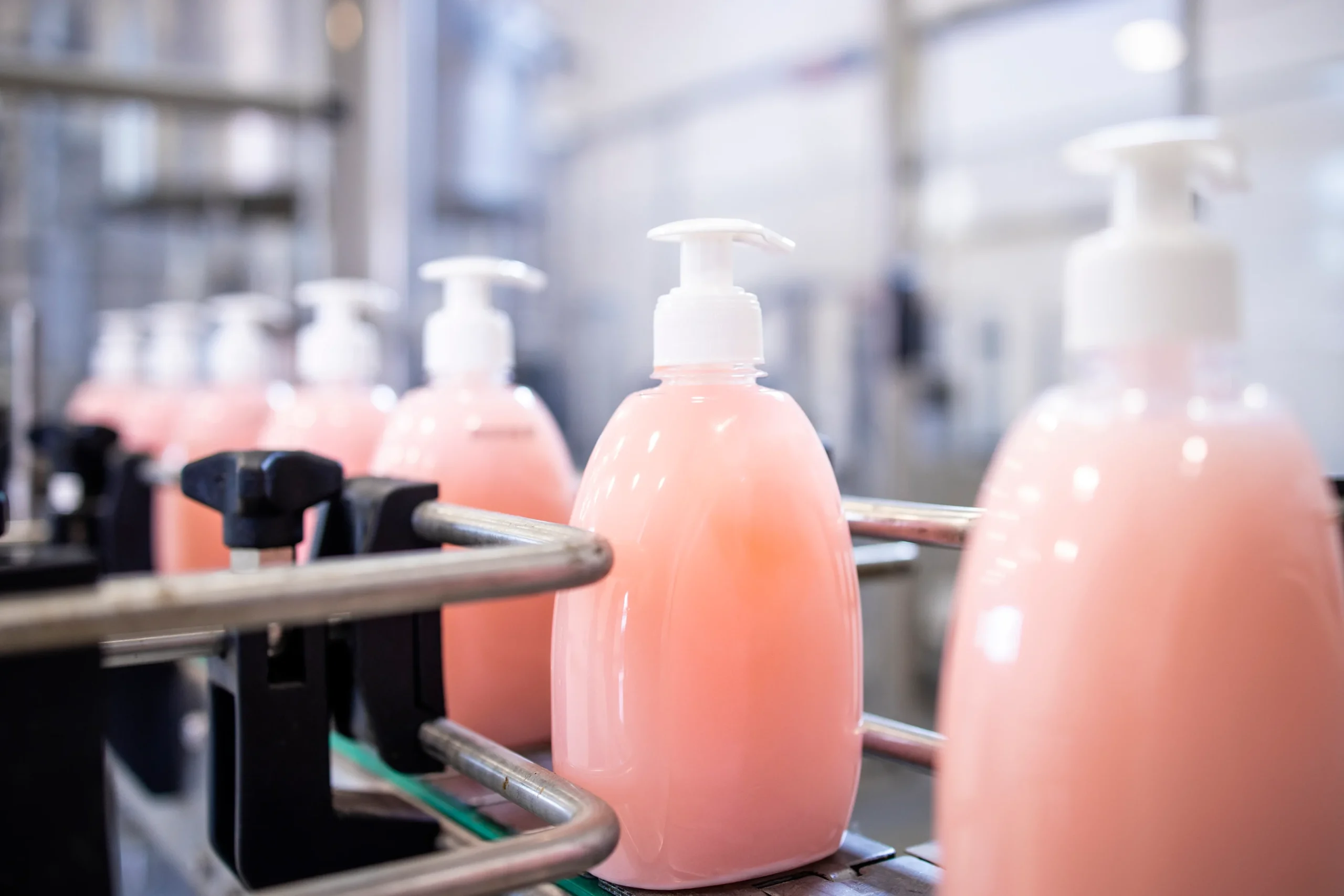If you’re in the beauty industry, you’ve likely heard of the Modernization of Cosmetics Regulations Act. While it passed quietly at the end of December 2022, its implications for the industry are profound.
In fact, it’s the first major legislation passed in 85 years related to the FDA’s cosmetics authorities.
It’s fair to say a great deal has changed in beauty since then.
Today, there are more brands, products, and packaging variations than ever before. This makes it difficult to keep up with ever-changing regulation, which MoCRA will certainly drive. While some of the regulations are clearly stated in the December law, new ones will be added in 2023, 2024 and beyond.
At Specright, we’ve researched MoCRA a great deal and even wrote a blog summarizing the legislation (you can check out “Everything You Need to Know About the Modernization of Cosmetics Act here).
But we’re not going to dive into the details here – you can read the above article for that.
Instead, we’re going to talk about the fundamental goal and principle behind this new regulation: the need for modernization, the “M” in MoCRA. The good news is, many of the principles of Specification Data Management, or a “spec-first” approach to managing product and packaging data – inherently apply to this idea of “modernization.”
So what does it mean to modernize?
According to Dictionary.com, modernize means “to become modern, adopt modern ways.”
In the 21st century, it’s impossible to talk about modernization without talking about digitization.
And no industry is immune – the food and beverage industry faced this a few years ago with FSMA, the Food Safety Modernization Act. This led to many food companies embarking on digital transformations and implementing new technology so they could “modernize.”
The beauty industry has been ahead of the game in some areas when it comes to digitization and lacking in others. Most notably, beauty has been quick to adapt to digital marketing and even eCommerce.
Many challenger beauty brands were born in the online age, companies like Glossier – these brands were digital natives and rode the eCommerce to explosive growth. And many established beauty brands followed into these online channels or leveraged digital marketing to drive brand awareness.
But when it comes to the backend of the product development and manufacturing process – “behind the scenes” from the consumer – most beauty companies have lagged behind. And that’s why MoCRA is needed – it will force beauty companies to modernize these backend systems, which goes hand-in-hand with driving consumer safety.
At Specright, we’re working with many companies in the beauty and consumer goods space to help them digitize all of their specification data. This not only helps with compliance like MoCRA, but other outcomes like accelerating product development. Recently, Dermalogica shared how they’re using Specification Management to comply with the UK Plastics tax!
What’s exciting about this move to modernization is that it doesn’t have to be for the sake of compliance – by digitizing and modernizing, beauty companies can make products more sustainable, and faster, than ever before.
When it comes to MoCRA and digitization, there are a few key elements that stand out:
- The need for more visibility into product ingredient listings and allergens:
- The need to digitize the capturing and reporting of quality issues, especially Serious Adverse Event reporting
- The need to centralize and digitize critical facility information – especially documentation
- The need to reference Good Manufacturing Processes
- The ability to easily reference and pull up data in the event of an FDA mandatory recall
By taking a spec-first approach to data management, companies can manage all of the above in the Specright platform.
But don’t just take our word for it – join our upcoming webinar to see how Specright can help you comply with the Modernization of Cosmetics Regulations Act.
Explore More Blogs
Get Started
With Specright’s Solution Suite, you can digitize, centralize, and link your specification data to drive efficiencies, intelligence, traceability, and collaboration within your organization and across your supply chain network.




